
影像装置作品《虚拟婚礼》
2015年8月1日下午4点,加拿大籍华人艺术家张卓良“受害者—公共实证艺术项目”在798艺术区白盒子艺术馆开幕,本次展览由张海涛策划,呈现了艺术家“华工历史背景的考证”和“-599—反烟草艺术项目”两个脉络的多件作品,张卓良使用了混合媒介,涉及多媒体、绘画装置、资料文献等,并有观众互动环节,引导公众去认识历史反思过去,最大程度的表达了对逝者的纪念,众多观众现场踊跃参与。同时,本次展览也得到了众多嘉宾和媒体人的好评。展览持续至9月1日。

影像装置作品《虚拟婚礼》

互动影像作品《中国佬的机会 - 多媒体模拟隧道》

互动影像作品《中国佬的机会 - 多媒体模拟隧道》

互动影像作品《中国佬的机会 - 多媒体模拟隧道》

互动影像作品《中国佬的机会 - 多媒体模拟隧道》观众现场参与

互动影像作品《中国佬的机会 - 多媒体模拟隧道》观众现场参与
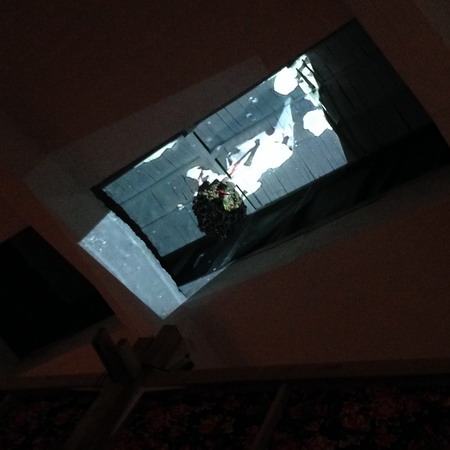
投射在展厅顶部天窗的影像作品

展览现场
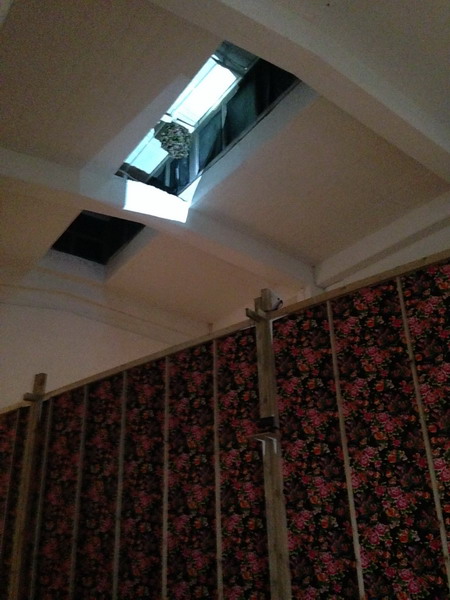
投射在展厅顶部天窗的影像作品

投射在展厅顶部天窗的影像作品

展览现场“华工历史背景的考证”文献资料
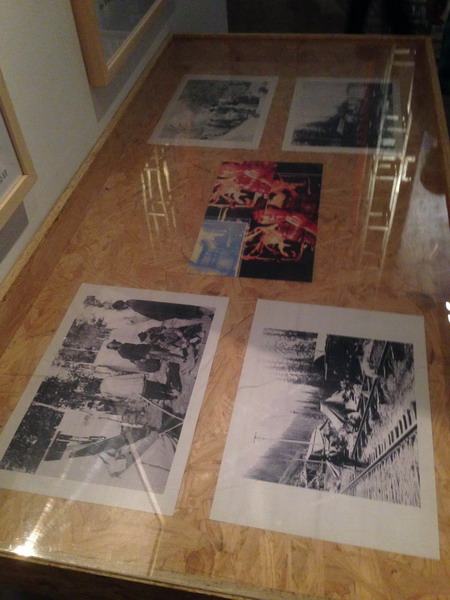
展览现场“华工历史背景的考证”文献资料

张卓良和华工,没有数码操纵的照片,1884-2011
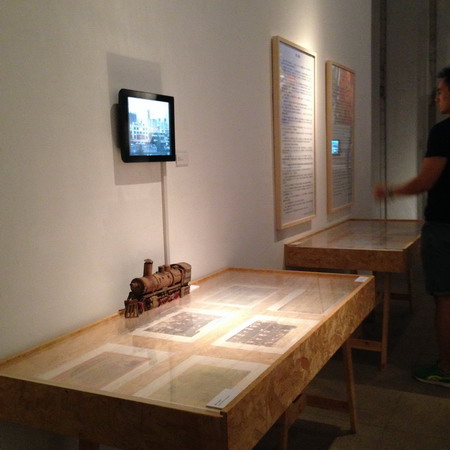
展览现场“华工历史背景的考证”文献资料

“华工历史背景的考证”观众在现场与作品互动

“华工历史背景的考证”观众在现场与作品互动

“华工历史背景的考证”观众在现场与作品互动

展览现场“华工历史背景的考证”文献资料

展览现场
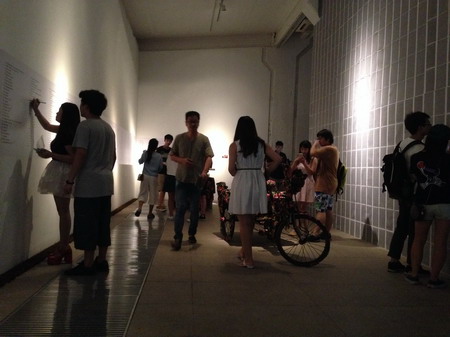
“-599—反烟草艺术项目”观众在展览中参与互动
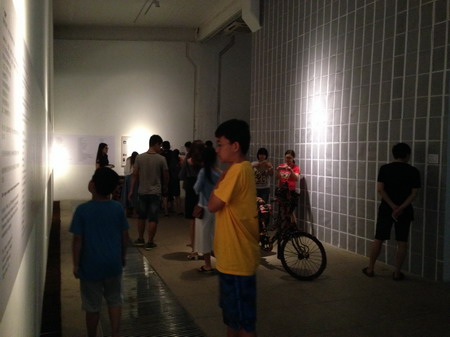
展览现场
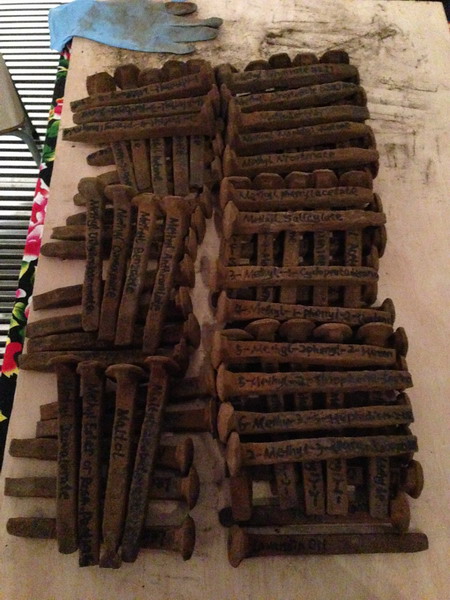
“-599—反烟草艺术项目” (weixin)多媒体互动装置(局部)599根写上烟草添加剂名称的铁路钉子
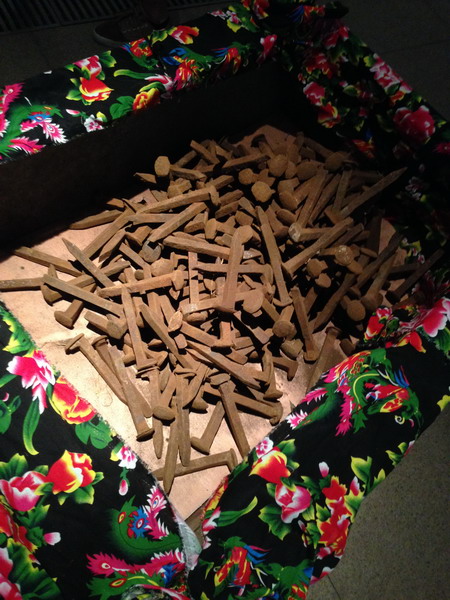
“-599—反烟草艺术项目” (weixin)多媒体互动装置(局部)599根写上烟草添加剂名称的铁路钉子
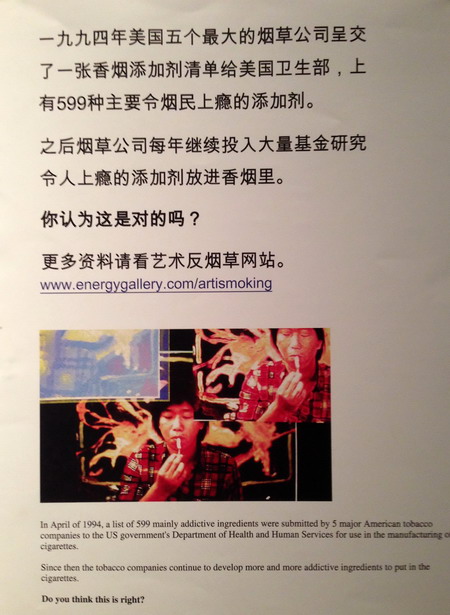
“-599—反烟草艺术项目”(weixin)多媒体互动装置(局部)

“-599—反烟草艺术项目”观众在展览中参与互动
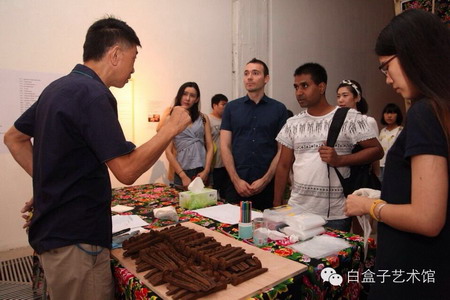
艺术家张卓良(左)与观众交流创作理念
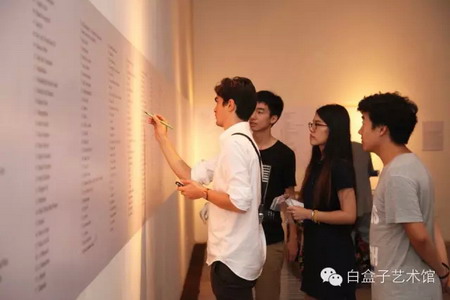
“-599—反烟草艺术项目”观众在展览中参与互动
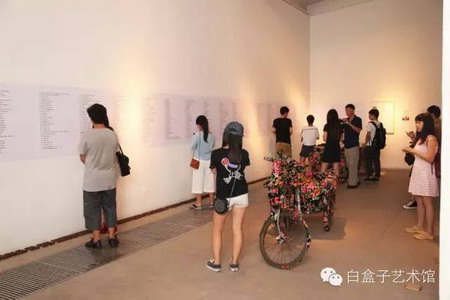
“-599—反烟草艺术项目”观众在展览中参与互动
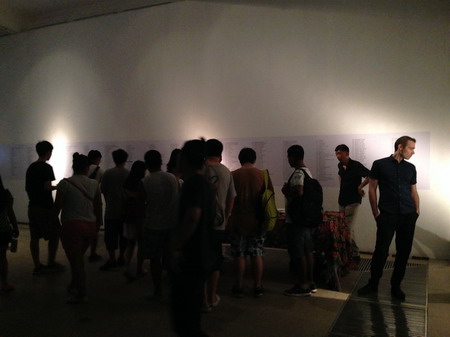
“-599—反烟草艺术项目”观众在展览中参与互动

“华工历史背景的考证”展览现场
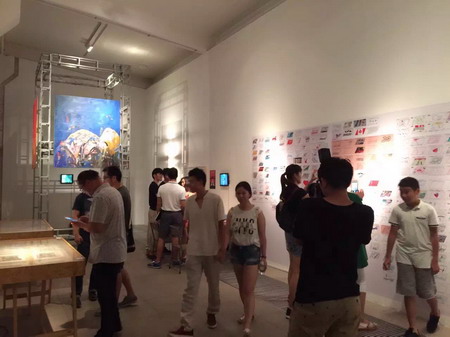
展览现场

艺术家张卓良接受媒体采访

策展人张海涛接受媒体采访

左起:策展人张海涛、艺术家张卓良、白盒子艺术馆馆长孙永增
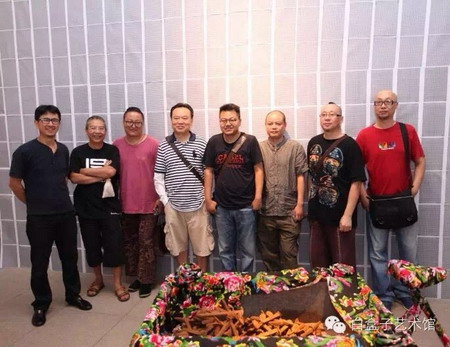
嘉宾合影,左起:蓝正辉、陈进、韩涛、谭力勤、张海涛、华继明、张可欣、陈学刚
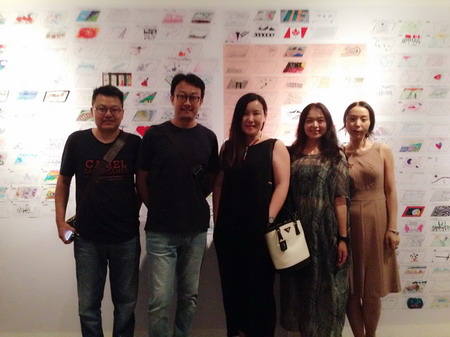
嘉宾合影,策展人张海涛(左一)、梁克刚(左二)
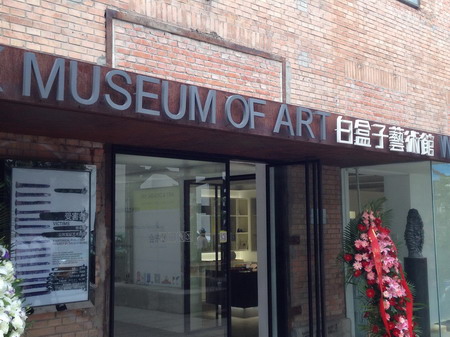
798艺术区白盒子艺术馆
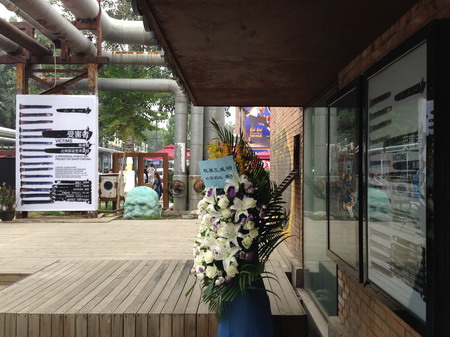

“受害者”
——张卓良公共实证艺术项目
策展人:张海涛
出品人:孙永增
开幕时间:2015年8月1日下午4:00
展览时间:2015年8月1日—9月1日
展览地点:白盒子艺术馆 - 北京市朝阳区酒仙桥2号798艺术区
联系方式:+86-010-59784802 info@whiteboxartcenter.org.cn
赞助机构;北京服装学院、加拿大公民及移民部
合作艺术家:常炜
艺术顾问:李四达(北京服装学院教授)
项目协调:张圆
技术助理:罗丽君、马宝杰、张馨元
原创音乐:张洛、张诚
合作媒体:艺术档案 www.artda.cn
受害者
——张卓良公共实证艺术项目
文︱张海涛
追忆历史——以实证的物象还原、纪念历史、启示现在,是张卓良先生近些年创作公共艺术的主要方向。他持续实施着两个重要项目:即“华工历史背景的考证”和“-599——反烟草艺术项目”。为什么张卓良会抓住这两个项目不放手,他曾严肃地对我说这两个项目都和“死人”有关,而这些“受害者(死去的人)”都不是自然死亡,这必然想要借以物象追忆他们的历史,了解他们受害的原因和证据,因此张卓良的作品里便具有了实证的特点。“受害者”往往是一种集体无意识的被害者,是受到个体更多是体制、环境不平等伤害的人。当下每个人时时刻刻都是在充当着一个“受害者”的角色,受到权利压制、生态破坏、种族冲突、食品安全、科技伦理等等侵袭。张卓良是居住在加拿大30多年的华人,因为亲人是清末华工的后代,还有一个英国亲戚是英美烟草公司(世界第二大国际烟草集团)创办人之一,所以作品必然性的与这两个项目发生联系,有自己切身的体会。
记忆物象
清末华工的历史在当下逐渐被世人遗忘,而追忆这段被忽视的历史,其实更多是在审视近、现代两个大时代的文化背景。清末政府闭关锁国、民主革命不断,百姓总是成为大时代中被人摆布的棋子,国内外腹背受敌,只要有丝毫的生存机会都不会放过,哪怕是一条不归路。就在中国人生活在水深火热的困境中时,而发达国家却以掠夺的财富大步搞建设,欲求出外谋生的华工便是在中国被廉价诈骗去“淘金”的对象。加拿大华工工作条件艰苦,身份卑微,不平等的人头税成为被欺辱的罪证。气候恶劣、白人不愿修建的险峻之地都会让华工前往。远在异国,即使报酬低廉、条件苛刻、种族歧视,但中国华工们没有任何选择,最终以牺牲掉数仟人的性命为代价完成重任,华工建设北美的贡献成为不争的史实。即使在这样艰难的条件下,加拿大华工后来还通过银行抵押方式资助孙中山发起的黄花岗起义,也为加拿大政府修建了横贯北美大陆的铁路中最为艰险的路段,然而加政府事后不管不顾他们的死活,任其流离失所。提及这段历史让人不由愤慨,张卓良先生便不由自主肩负着一份责任,觉得自己就是其中的一份子。追忆、考证这段历史,揭露加拿大政府的丑恶嘴脸,为华工们做些事情,还他们一个公道。
这次展览艺术家张卓良将各种媒介混合使用,如装置、图片文献、录像、新媒体等跨媒介的方式最大化表达对逝者的纪念。华工系列作品中的材料及符号是华工日常生活和向往的物象,如二胡、船、棚户屋、三轮车、奔跑中的华工、洋布、当时的老照片、人头税证明、剧本等,这些符号和材料呈现出当时华工的生存状态,还有由乡愁生发的愿望,然而最终希望成为泡影,作品中影像如艺术家追逐火车,爆炸中奔跑的华工,深刻地表达了这个愿望的破灭。艺术家让观众绘制对华工生存状态的想象,是作为实证公共艺术的本质所在,借华工历史、启示当下人对历史的再思考。
“-599——反烟草计划”,则模拟了几千万死于吸烟的烟民遗像,以死亡个案分析烟草的毒害,2013年世界卫生组织在网站上发布报告称,全球每年近600万人死于吸烟。1994年美国五大烟草公司提交给美国卫生局的一个清单上,揭露了政府与烟草公司为了利益需求,将香烟添加了599种对烟草依赖、对生命有害的添加剂(部分原材料被燃烧时产生至少69种可致癌症的化学物质),艺术家张卓良让身边的人群及公共展览的现场观众深刻了解反烟草的重要性,通过自媒体互动一起宣传反烟草理念,追忆那些逝去的“受害者”。
结语:
在加拿大政府收藏的唯一一张华工的合影照片中,惊异地发现有一个华工与张卓良年青时长得一模一样,这种说不清的灵异情节,更增强了艺术家张卓良的一份责任心,这一次展览对“受害者”的追忆,在严肃的实证中为他们集体的“超渡”,愿远去的灵魂得到一些慰藉。
“Victims” – A Historical Public Art Project by David Cheung
Curator : Zhang Haitao
Museum Director : Sun Yongzeng
Opening reception : August 1st, 2015, 4:00 pm
August 1 – September 1, 2015
Tuesday – Sunday 10 am – 6 pm
White Box Art Center – 798 Art District, Beijing, China
+86-010-59784802 info@whiteboxartcenter.org.cn
Sponsors : Beijing Institute of Fashion Technology (BIFT),
Citizenship and Immigration Canada
Cooperating Artist : Chang Wei
Artistic Consultant : Professor Sida Li (BIFT)
Project Coordinator : Zhang Yuan (Redjade)
Technical Support : Luo Lijun - Zhang Xinyuan - Ma Baojie
Original Music: Lukas Cheung, Dudley Cheung
Media Partner: Art Archives Net www.artda.cn
www.energygallery.com/davidcheung
“Victims” – A Historical Public Art Project by David Cheung
Zhanghaitao
For the past few years, David Cheung has been pursuing 2 major public art projects. Both have required extensive historical research, i.e. the “Rocky Railway High (Closure)” project for Chinese railway workers who perished during construction of the Canadian Pacific Railway and “– 599”, a campaign for reduction of addictive ingredients in cigarettes.
When asked why he wouldn’t let go of the projects, he expressed “ because both projects involved people who died unnaturally, therefore it is important to find out the causes and commemorate them.”
Cheung has resided in Canada for over 30 years. Being married to the descendent of a Chinese railway worker as well as having a British relative who was one of the founding members of British American Tobacco, inevitably, he has stronger feelings toward the 2 projects.
Migrant railway workers in the later part of Qing Dynasty were the result of an irresponsible and corrupted government.
People living in poverty would grasp whatever opportunity arises to make a living for their family. They would travel to an alien land at the other side of the world, as long as they were promised a chance to feed their family and safe return to their homeland.
Unfortunately that was not exactly the case for the railway workers. Many were given the most dangerous tasks, and working in harsh conditions in treacherous terrain. After thousands of deaths over a period of a few years (1881-1884), when the railway was completed, many of them were abandoned along the railway tracks with no means to leave the wilderness.
Eventually the then Canadian government also imposed the so called Head Tax and the Chinese Exclusion Act to restrict further immigration of Chinese to Canada thereby prohibiting the workers to reunite with family members in Canada.
Although their contribution in building America and Canada were never acknowledged, in 1911 when Dr. Sun Yat Sen was in Vancouver to fundraise for overturning the Qing government, by mortgaging their association’s properties, the workers were material in providing the necessary financing to the renowned Huang Huagang uprising that led to the end of the Qing Dynasty.
Through the use of various types of medias such as installation, pictures, literatures, historical documents, video, digital graphics, and physical objects such as motor bike, boat, an erhu, head tax certificate and a screenplay, Cheung will try to reflect the life and desires of a worker. A video capturing the artist chasing a running train, the simulation of a worker trying to escape from an exploding tunnel will represent the diminishing hope.
Through the history of the railway workers he tries to enlighten public awareness of current affairs.
By demonstrating the magnitudes of tobacco deaths, and placement of a list of 599 mainly addictive ingredients provided by 5 major American tobacco companies to the American government, he tries to campaign for reduction of addictive ingredients in cigarettes.
Remarks:
In a photo collected by the Canadian Government (the only known group photo of about 50 Chinese railway workers believe to be taken in 1884), it appears that one of the workers is a doppleganger of a younger Cheung. It is coincidence like this that gives Cheung the strength in continuing these projects.
扩展阅读

